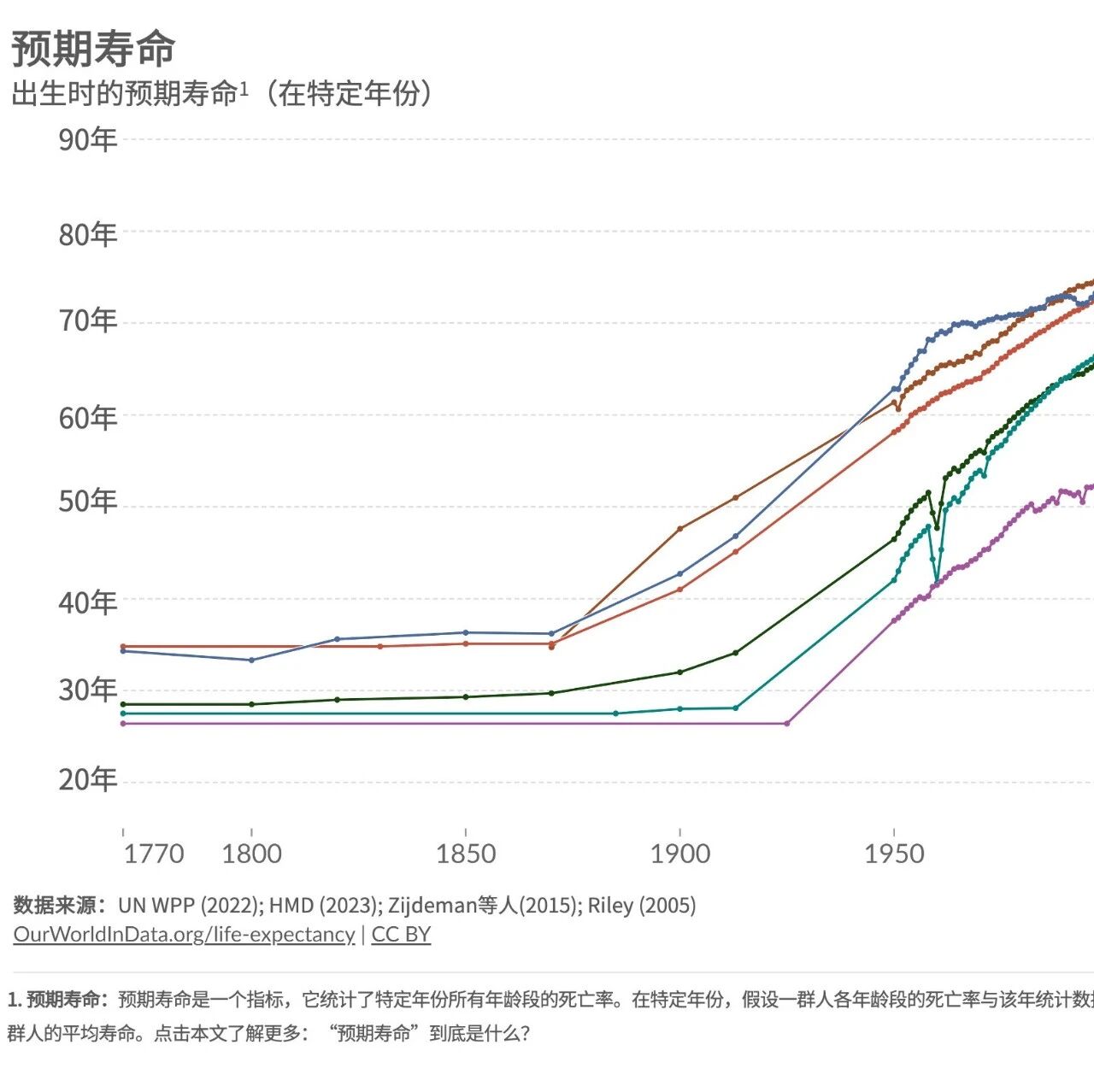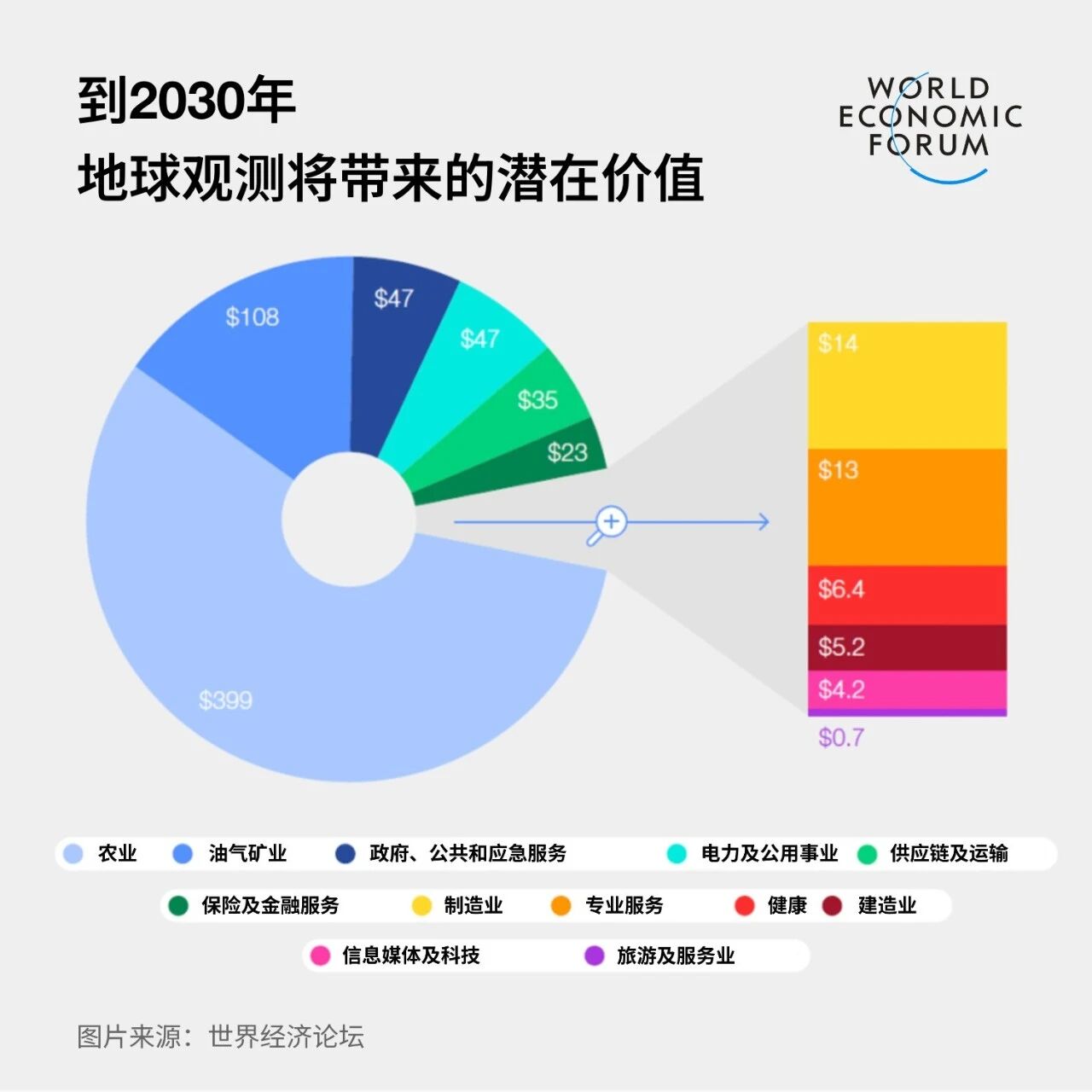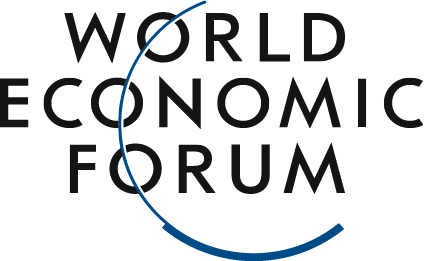

:Unsplash/Allison Saeng
Alok Medikepura Anil
Next Big 3D
,,
,
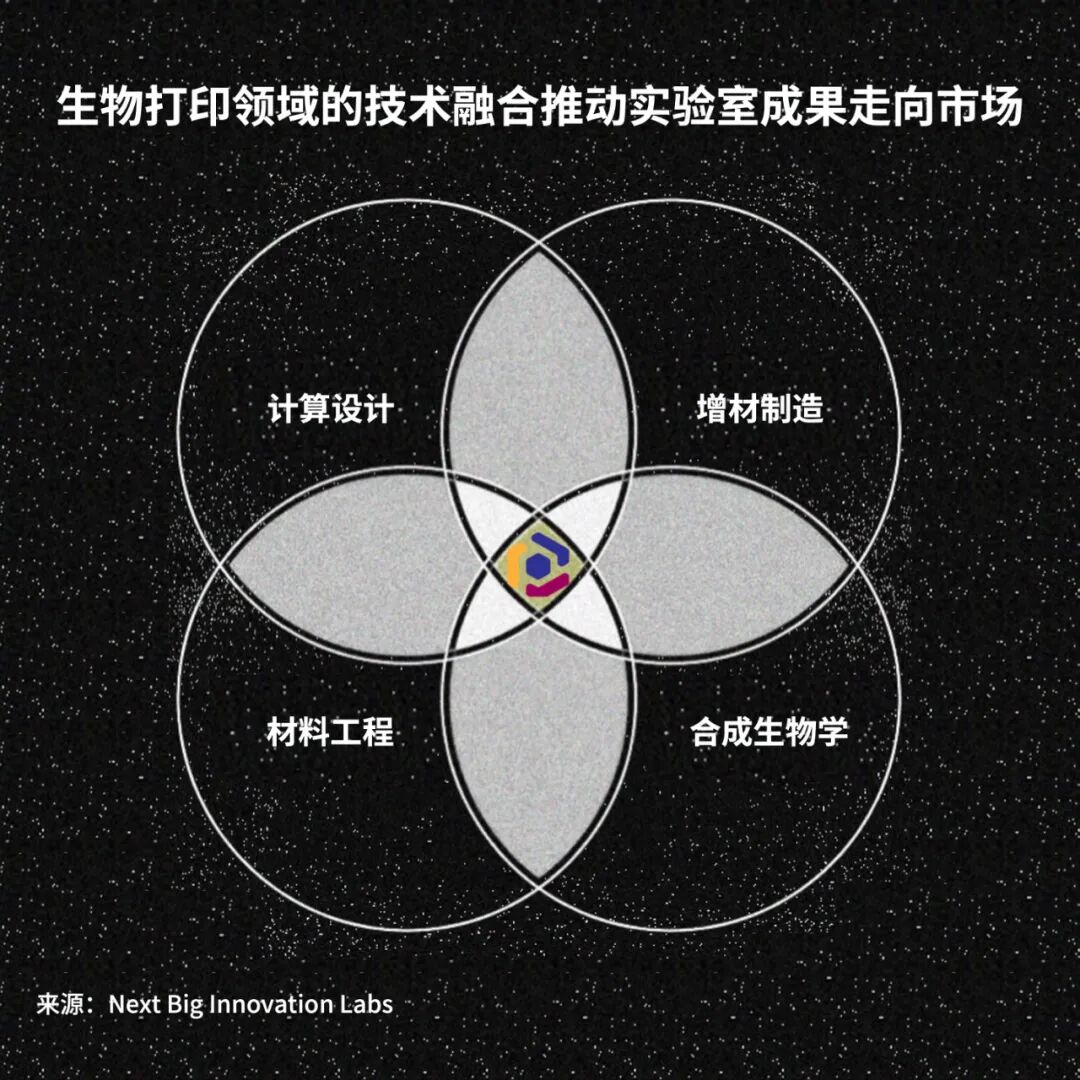
Technological convergence in the field of bioprinting is driving lab innovations toward market adoption.
:Next Big Innovation Labs
Red Biotechnology:Leveraging technologies like artificial intelligence to accelerate drug discovery; employing machine learning techniques to identify natural plant compounds for developing new medicines; and integrating microfluidics with bioprinting technologies to create organ-on-a-chip platforms, thereby reducing reliance on animal testing. Companies such as Enveda and Next Big Innovation Labs, recognized as innovators by the World Economic Forum, are driving these solutions by advancing technology convergence within their workflows. Green Biotechnology:Advances in synthetic biology, combined with AI-driven processes, are accelerating the development of sustainable aviation fuels—affordable options designed to help decarbonize the aviation industry. For instance, Lanzatech is leveraging artificial intelligence to optimize the conversion of industrial waste gases and biomass into sustainable fuels and chemicals. White Biotechnology:Deep learning algorithms have helped Enzymit design an industrial-scale enzyme production process that transforms vegetable oils and other fatty waste into ready-to-use biofuels—fuels that exhibit plastic-resistant degradation properties in the environment. Blue Biotechnology:The World Economic Forum’s work in bioeconomy and bioplastic innovation focuses on producing biodegradable plastics through synthetic biology and machine learning. These advancements emphasize unlocking the full potential of the blue ocean in the bioeconomy, reducing reliance on petrochemical-based plastic products, and ultimately advancing sustainable development goals.
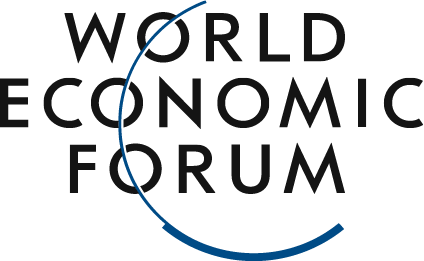
The above content solely represents the author's personal views.This article is translated from the World Economic Forum's Agenda blog; the Chinese version is for reference purposes only.Feel free to share this in your Moments; for reprints, please leave a comment at the end of the post or message us via our official.
Translated by: Di Chenjing | Edited by: Wang Can
The World Economic Forum is an independent and neutral platform dedicated to bringing together diverse perspectives to discuss critical global, regional, and industry-specific issues.
Follow us on Weibo, WeChat Video Accounts, Douyin, and Xiaohongshu!
"World Economic Forum"

